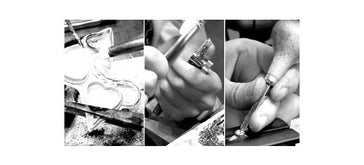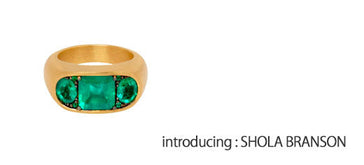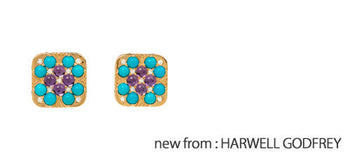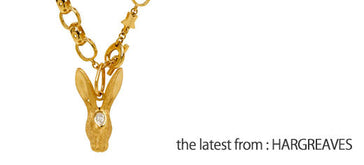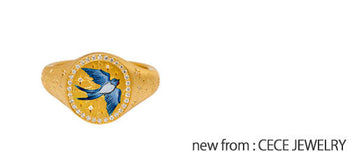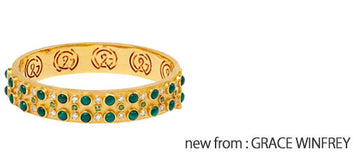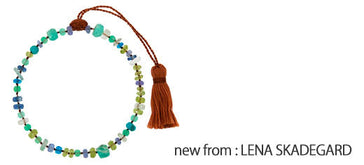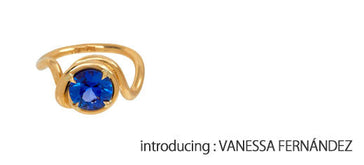stone settings:
Many artists and designers have their own signature method of setting stones. From gold prongs to platinum bezels, shimmering pavé to elegant channels, each stone setting showcases the characteristic chosen by the designer.
bezel setting:
A band of metal - gold, platinum or silver - wraps around the stone and holds it along the top portion with a small flange (or 'lip') holding the stone in place. This is one of the oldest method for setting gemstones.
The bezel surrounds the perimeter of the stone giving it the most protection of all settings.
This setting gives the stone an elegant, understated and modern appearance.
channel setting:
The channel setting is usually found when there is no center stone, but instead a continuous row of same sized stones.
Since the gemstones are in a continous row and the edges are not exposed, this setting offers excellent protection for the stones. The stones are held in place by the small metal lips on each side of the band.
flush setting:
When stones look as though they have been pressed or sunk into the surface of the metal, they are flush set as the top surface of the stone is nearly level to the metal.
This setting offers a great deal of protection to the stone while giving it a modern, artistic look.
Usually used for diamonds, sapphires and rubies, this style is only suitable for a hard stone due to the pressure applied during the setting process.
pavé setting:
This is one of the most elegant stone settings when small stones of the same size are being used. Each stone is set very close to the others making the jewelry look as though it has been paved in gems.
It is also one of the most demanding settings to create. Each stone is carefully set into a hand-carved bed in the metal and then edged with tiny beads of metal to secure it. It takes a very experienced, talented and patient artist to create this setting.
prong setting:
The prong setting is probably one of the most traditional and common of all settings. It is most often used to hold a single stone in place.
A typical prong setting uses several claw-shaped bindings - along the corners or edge of the stone - to secure the stone.
It offers less protection to the stone, but is also the easiest to clean.

